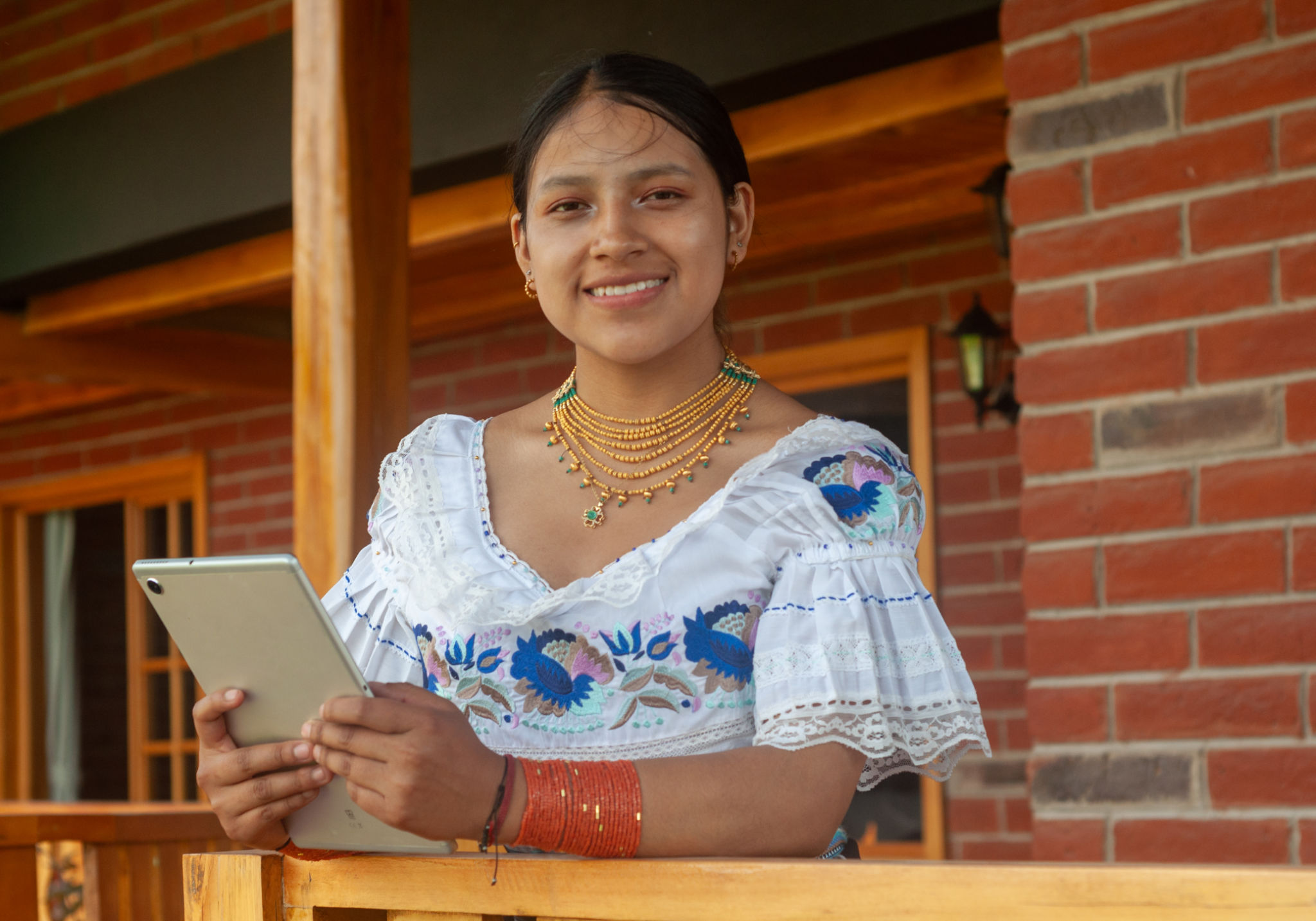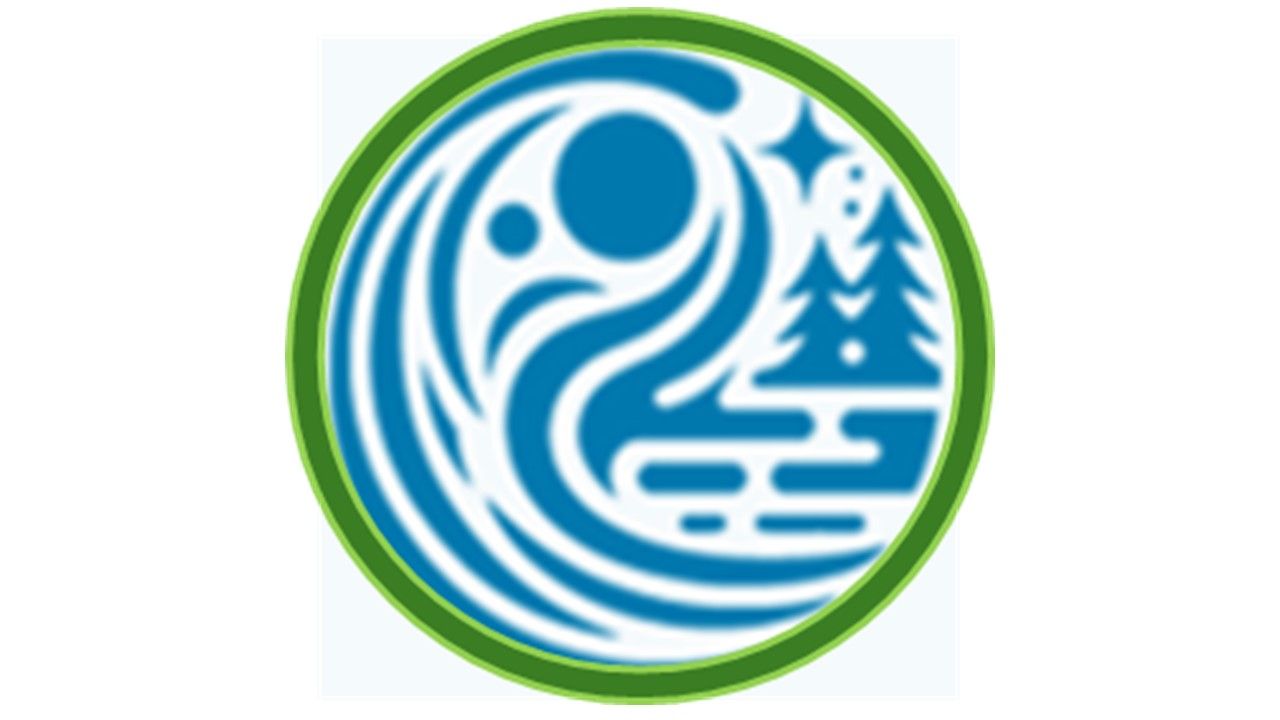Myths and Facts: Common Misconceptions about Indigenous Communities
Understanding the Myths and Facts
There are numerous myths about Indigenous communities that contribute to misunderstanding and perpetuate stereotypes. It is essential to differentiate between these misconceptions and the realities faced by these diverse cultures. By doing so, we can foster a more respectful and informed society.

Myth: Indigenous People Are a Homogeneous Group
One common misconception is that all Indigenous people belong to a single, uniform culture. In reality, Indigenous communities are incredibly diverse, with distinct languages, traditions, and customs. For example, in the United States alone, there are 574 federally recognized tribes, each with its own unique identity.
This diversity extends globally, with Indigenous peoples residing on every continent. They possess varied worldviews and practices that are deeply rooted in their ancestral lands and histories. It's crucial to recognize this diversity and avoid blanket generalizations that overlook the rich cultural tapestry of Indigenous communities.
Fact: Indigenous Knowledge Is Valuable
Indigenous communities possess a wealth of traditional knowledge that is increasingly being recognized for its value in areas such as environmental management, sustainable agriculture, and healthcare. This knowledge has been passed down through generations and is often the result of a deep connection with the land.

For instance, many Indigenous practices in agriculture focus on biodiversity and sustainability, which can offer solutions to contemporary environmental challenges. Embracing and learning from Indigenous knowledge can lead to more effective and sustainable approaches in various fields.
Myth: Indigenous Communities Are Stuck in the Past
A prevalent myth is that Indigenous communities are relics of the past, disconnected from modern society. In truth, Indigenous peoples are vibrant contributors to contemporary culture, politics, and economy. They navigate the complexities of modern life while preserving their cultural heritage.
Many Indigenous individuals are leaders in various sectors, advocating for their rights and shaping national and international policies. Additionally, they are active participants in digital spaces, using technology to share their stories and educate others about their cultures.

Fact: Indigenous Rights Need Protection
Despite their contributions, Indigenous communities continue to face significant challenges, including threats to their lands, languages, and cultures. Advocacy for Indigenous rights is crucial to ensure their protection and empowerment.
Organizations worldwide are working towards securing land rights and preserving Indigenous languages. Supporting these efforts is vital for maintaining cultural diversity and ensuring that Indigenous voices are heard and respected.
Conclusion: Fostering Understanding and Respect
Recognizing the myths and facts surrounding Indigenous communities is a step towards fostering understanding and respect. By educating ourselves and others, we can challenge stereotypes and contribute to a more inclusive world. Embracing the diversity of Indigenous cultures enriches our global society and paves the way for mutual respect and collaboration.
